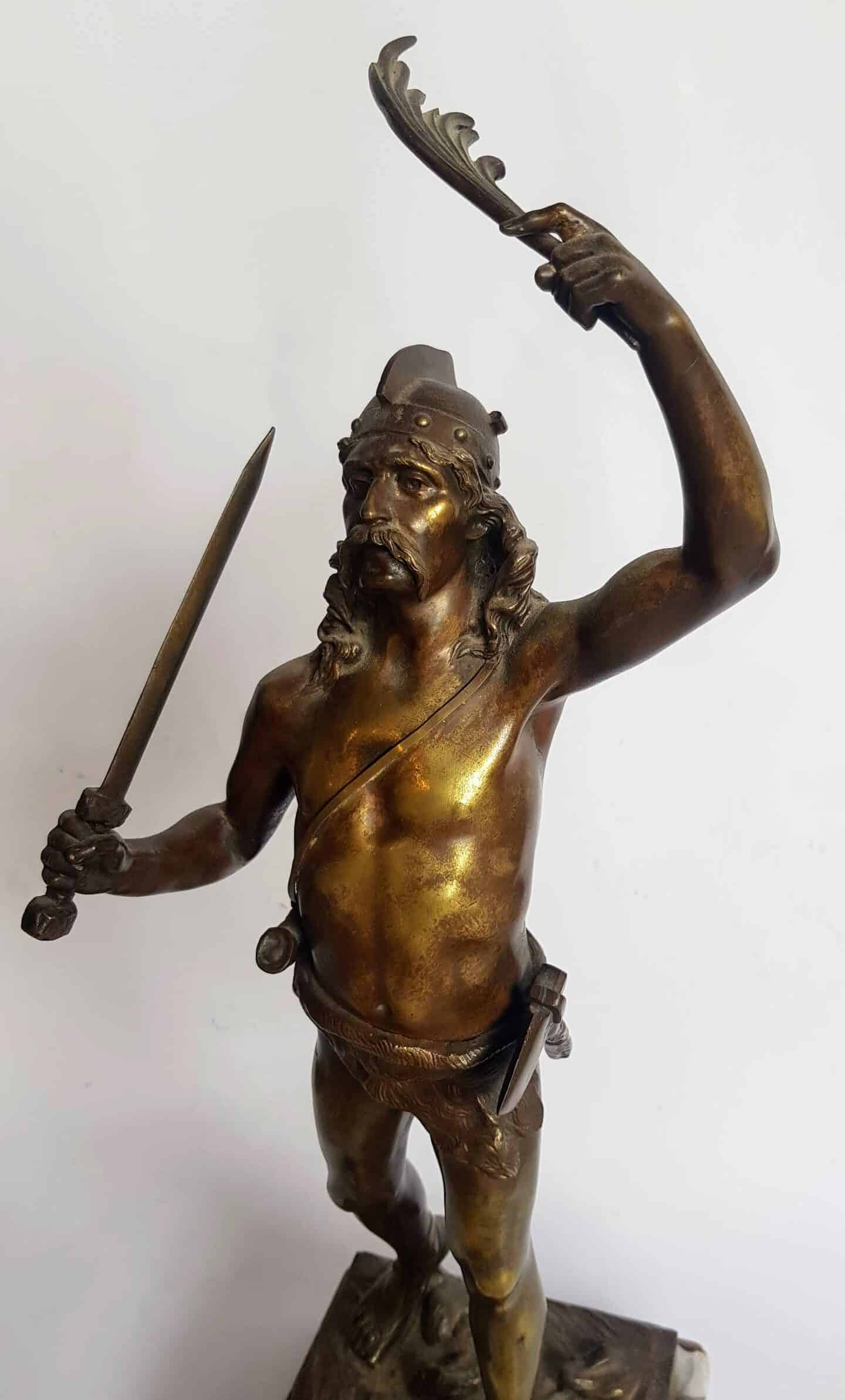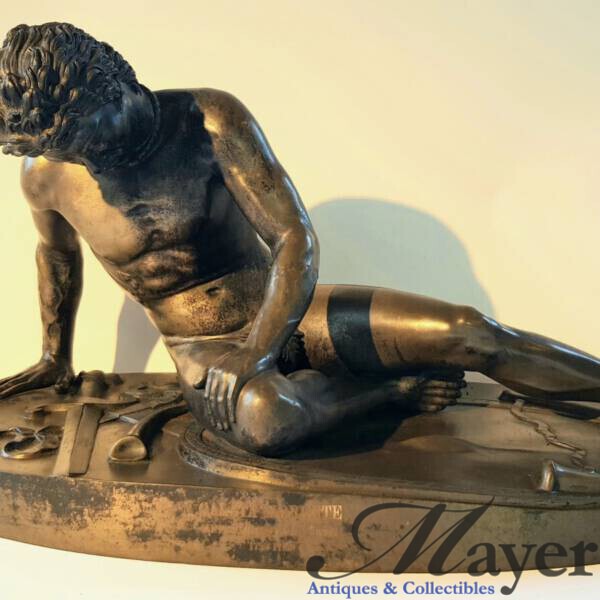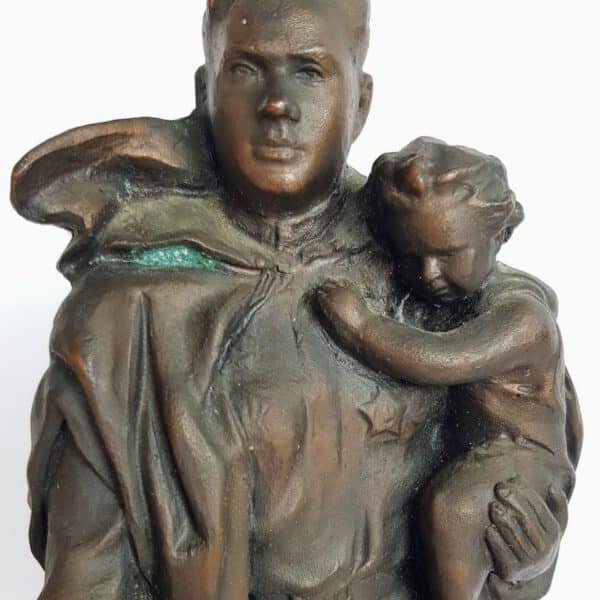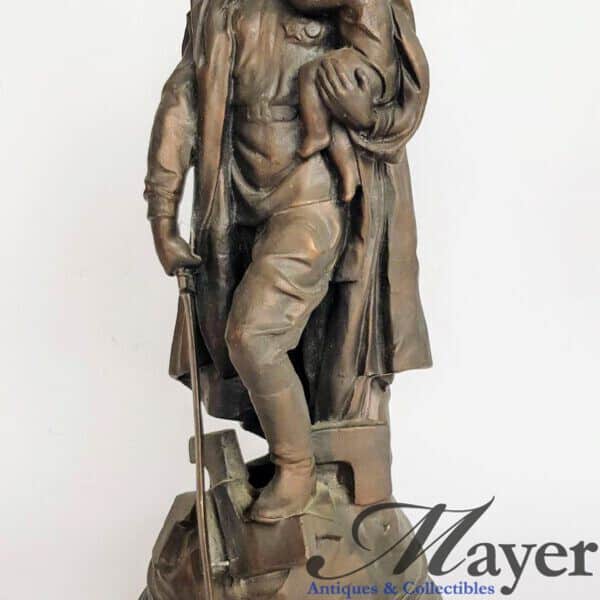A bronze sculpture is a three-dimensional artwork crafted from a metal alloy composed primarily of copper and tin. Bronze sculptures can be found in galleries, museums, public spaces, and private collections around the world. Common subjects for bronze sculptures include human figures, animals, abstract forms, and religious symbols.
How a bronze sculpture is made?
A bronze is typically made by a process known as lost wax casting. This process begins with the artist sculpting a model of the sculpture out of wax. This wax model is then coated with a ceramic material and heated until the wax melts away. Molten bronze is then poured into the ceramic mold where it takes the shape of the wax model. The bronze sculpture is then cooled and removed from the ceramic mold. Finally, the sculpture is polished and finished to give it a unique and beautiful patina.
Are bronze sculptures worth anything?
Bronze sculptures can be worth a great deal of money depending on the artist, size, condition, and other factors. Generally speaking, bronze sculptures by famous artists tend to be more valuable than those by lesser known artists.
What makes bronze sculpture unique?
Bronze is unique because it is a type of metal sculpture that is created through the process of casting bronze. Bronze is a metal alloy that is composed of copper and tin, and is much harder than other metals like aluminum. Bronze sculptures have a long lifespan and are capable of surviving in outdoor environments, making them ideal for memorials, monuments, and other public artworks. The patina of bronze sculptures over time can create a unique look to the piece, making each bronze sculpture unique.
Why are bronze sculptures so expensive?
Bronze are expensive because they are handmade, require skill and time to create and require expensive materials. Additionally, the cost of bronze can fluctuate depending on the market, which can make it even more expensive.
Gaulois by Adolphe Jean Lavergne bronze sculpture of ancient Celtic warrior.
For more Militaria art and sculptures


































